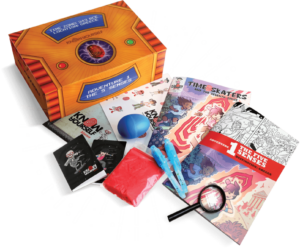Home » Innovations in Packaging Design: The Latest Developments in the Industry
Innovations in Packaging Design: The Latest Developments in the Industry
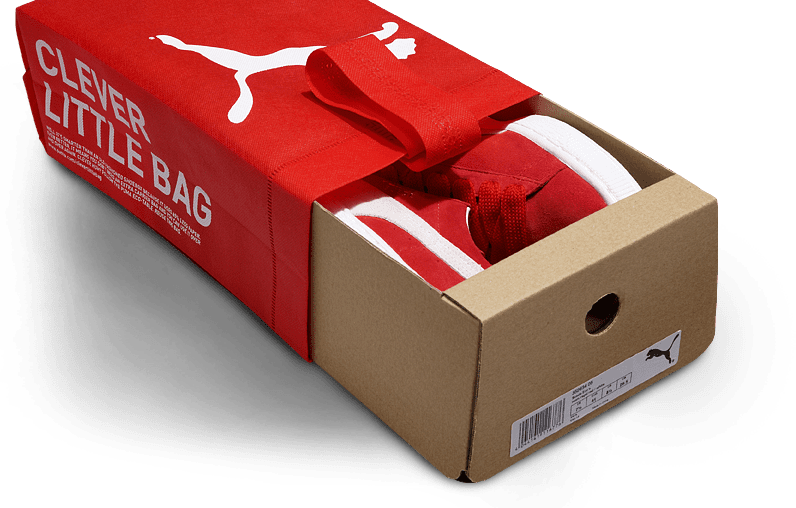
The world of packaging design has undergone a remarkable transformation in recent years, with new and innovative designs emerging to meet the ever-changing needs of consumers and businesses. Packaging is no longer just a means of protection for products, but a crucial component of a brand’s identity and marketing strategy. With the rise of e-commerce and a growing focus on sustainability, packaging design has become increasingly sophisticated and technology-driven, offering consumers a more engaging and interactive experience.
Overview: Innovations in Packaging Design
In this blog, we will explore the latest advancements in packaging design and how they are revolutionizing the packaging industry.
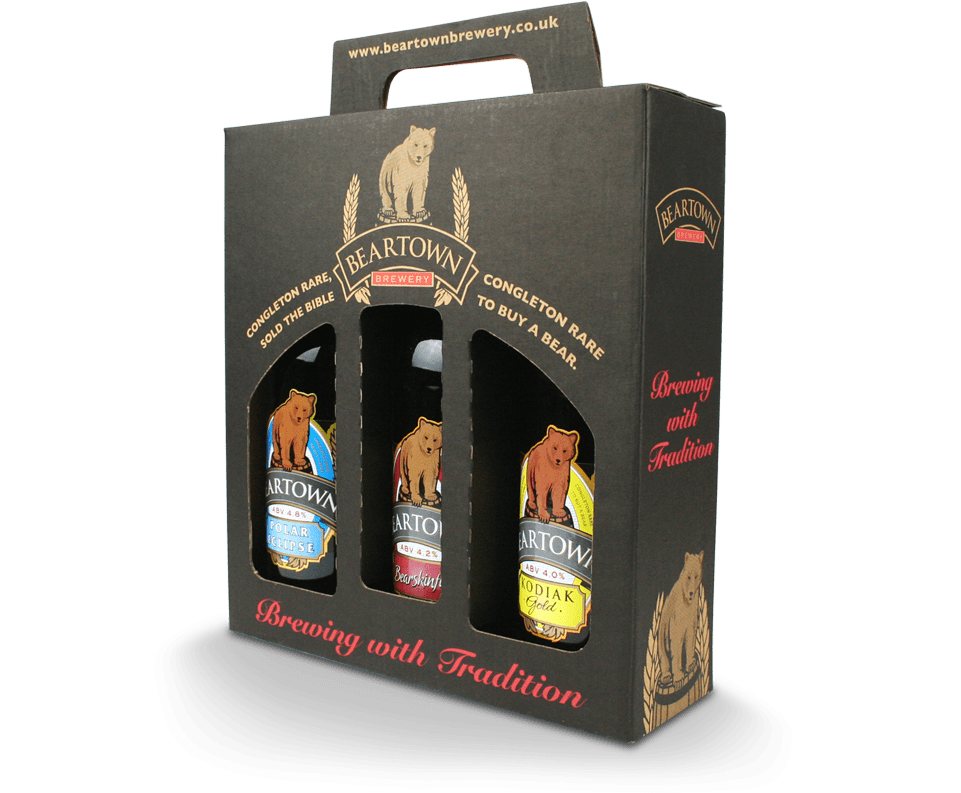
Unique Shapes
Unique shapes in packaging design refer to packaging that is not limited to the traditional rectangular or cylindrical shapes. Instead, these designs feature unconventional shapes that are often more eye-catching and memorable for consumers. Unique shapes can be used to convey the brand identity of a product, its purpose, or even its personality.
One of the most popular forms of unique shape packaging is custom molding. This allows manufacturers to create packaging in any shape they desire, limited only by their imagination and the capabilities of the manufacturing process. Custom molding is often used to create packaging that is a perfect fit for the product it contains, reducing waste and improving product protection.
Another example of unique shape packaging is shaped bottles, such as a shaped soda bottle or a unique shaped liquor bottle. These bottles are often designed to stand out on store shelves and draw the consumer’s attention, while also communicating the brand’s image and values.
Unique shape packaging can also be used to create interactive packaging. For example, a package in the shape of a puzzle can be used to engage consumers in a fun, interactive experience. Similarly, packages in the shape of a game board or a book can also create a memorable and enjoyable experience for the consumer.
Interactive Packaging
Interactive packaging refers to packaging that engages the consumer beyond simply holding and protecting the product. It is designed to create a memorable and enjoyable experience that enhances the consumer’s relationship with the brand. Interactive packaging often employs unique shapes, but it can also include elements such as pop-ups, movable parts, or augmented reality.
One example of interactive packaging is the use of pop-up elements. This can include 3D designs that pop up when the package is opened, adding an element of surprise and delight for the consumer. Pop-up elements can also be used to create a sense of excitement and anticipation, such as in the case of a mystery toy inside a box.
Another form of interactive packaging is the use of movable parts. This can include packages that have moving gears or levers, allowing the consumer to interact with the package in a fun and playful way. This type of packaging can also be used to provide information or instructions, such as a flip-open package that reveals instructions on how to use a product.
Augmented reality is another innovative approach to interactive packaging. This technology allows the consumer to use their smartphone to access additional information, such as product demonstrations or virtual tours. Augmented reality can also be used to bring the packaging to life, creating an immersive experience for the consumer.
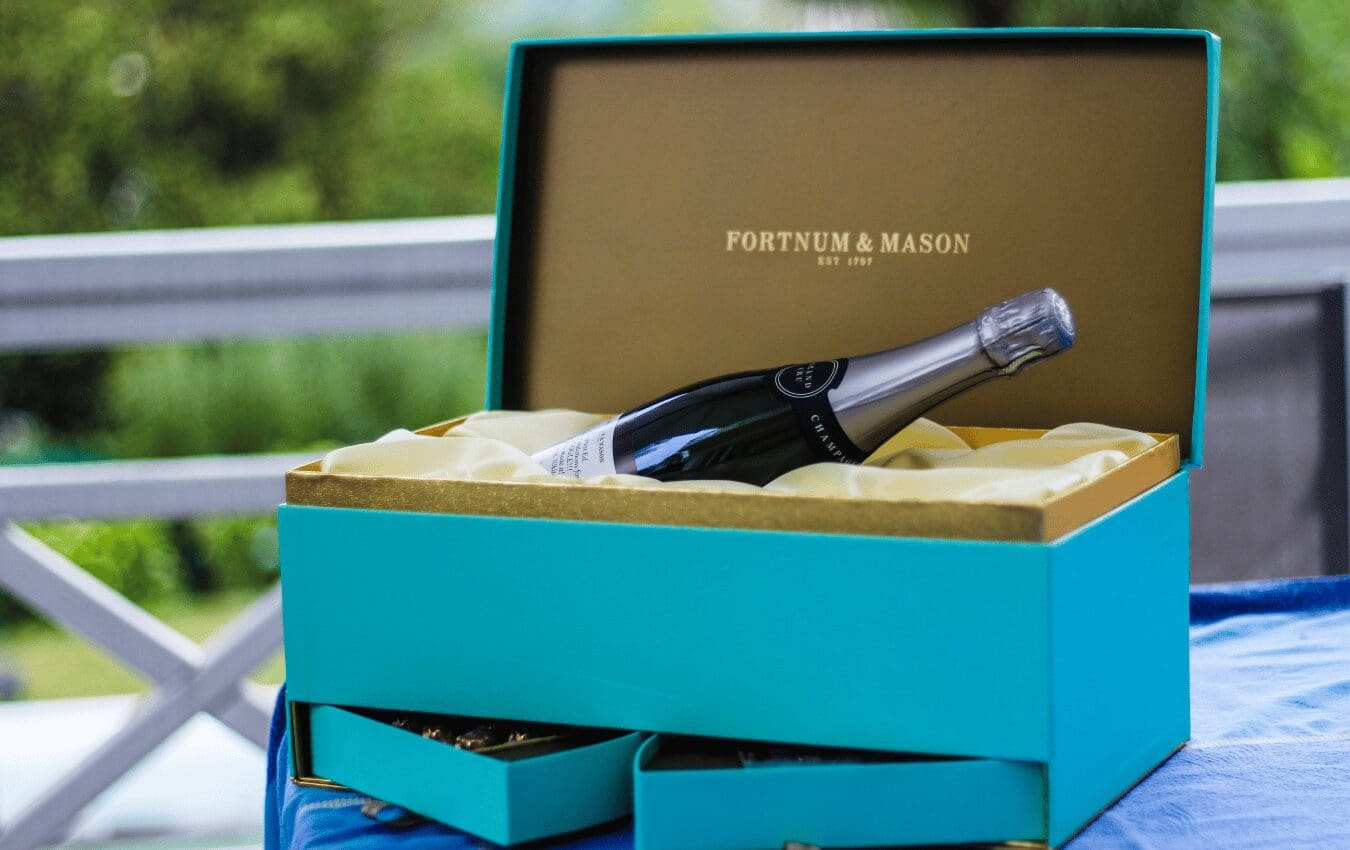
Innovative Printing Techniques
Innovative printing techniques refer to new and advanced methods of printing on packaging that enhance its appearance and functionality. From high-quality images and graphics to intricate patterns and textures, printing techniques have come a long way in recent years, offering brands new and exciting ways to communicate their message and convey their brand identity.
One of the most significant advancements in printing technology is digital printing. Digital printing allows for the production of high-quality, full-color images and graphics with a quick turnaround time, making it ideal for short runs or custom packaging. Digital printing also enables brands to print variable data, such as a product’s expiration date or individualized marketing messages, making each package unique and personalized.
Another innovative printing technique is the use of raised printing, also known as embossing or debossing. This technique creates a raised or recessed image or text on the packaging, adding a tactile element that can make a strong impact on the consumer. Raised printing can also be combined with other printing techniques, such as foil stamping or spot UV, to create an even more striking and memorable package.
Metallized printing is another innovative printing technique that creates a metallic shine on the packaging, adding a premium and sophisticated look. This technique is often used for luxury or high-end products, and it can be combined with other printing techniques, such as embossing or foil stamping, to create an even more eye-catching package.
Sustainability
Sustainability has become an increasingly important consideration in packaging design, as consumers, businesses, and governments seek to reduce waste and minimize the environmental impact of packaging. Packaging designers are responding to this trend by creating packaging that is environmentally friendly, reducing waste, and promoting recycling.
One approach to sustainable packaging design is to use renewable and biodegradable materials, such as paper, plant-based plastics, and bioplastics. These materials are made from renewable resources and are biodegradable, reducing the environmental impact of packaging waste. For example, plant-based plastics can be made from crops like corn or sugarcane and can biodegrade in a matter of months, rather than years like traditional petroleum-based plastics.
Another approach to sustainable packaging design is to reduce packaging waste through the use of minimalist designs. This involves using the minimum amount of packaging necessary to protect the product, without any excess or unnecessary materials. This can be achieved through the use of smaller packages, multi-use packaging, or even packages that can be used again after the product has been consumed.
Recyclability is also a critical aspect of sustainable packaging design. Packaging designers are incorporating materials and designs that are recyclable and encourage consumers to recycle the packaging. For example, the use of clear, uncolored, and simple materials, such as clear plastic or paper, makes it easier for recyclers to sort and recycle the packaging.

Smart Packaging
Smart packaging refers to packaging that has integrated technology and functionalities beyond just protection and preservation of the product. This type of packaging is designed to interact with consumers, provide additional information, and improve the overall product experience.
One example of smart packaging is the use of QR codes and NFC (Near Field Communication) technology on packages. These technologies allow consumers to access additional information about the product, such as ingredients, usage instructions, or even promotional content, simply by scanning the code or tapping the package with their smartphone.
Another example of smart packaging is the use of sensors and indicators, such as time-temperature indicators and freshness sensors. These indicators can help to monitor the condition of the product and ensure that it remains fresh and safe for consumption. For example, a time-temperature indicator can change color if the product has been exposed to temperatures that could compromise its freshness, alerting the consumer to the potential danger.
Smart packaging can also provide benefits to the supply chain, such as improved tracking and logistics. For example, RFID (Radio Frequency Identification) tags can be integrated into packaging, allowing for real-time tracking of products as they move through the supply chain. This information can be used to improve inventory management, reduce waste, and increase efficiency.
Modular Packaging
Modular packaging refers to packaging that is designed to be used in multiple configurations, allowing for greater flexibility and versatility in the packaging process. This type of packaging can be used to package a wide range of products, from food and beverages to cosmetics and household goods.
One of the key advantages of modular packaging is that it allows manufacturers to use a single packaging system for multiple products, reducing the need for multiple packaging configurations and reducing waste. This can result in significant cost savings, as well as reduced environmental impact.
Another advantage of modular packaging is that it can be designed to be easily assembled and disassembled, making it ideal for products that require frequent packaging and repackaging. For example, modular packaging can be used for products that are packaged in bulk and then broken down into smaller, consumer-friendly packages for sale.
Modular packaging can also be designed with features such as built-in handles, re-closable lids, and easy-to-use dispensers, improving the consumer experience and making it easier to access the product. Additionally, modular packaging can be printed with high-quality graphics and branding, making it an effective way to promote a product and increase brand recognition.
If you are interested in innovative packaging solutions, then partner with Brown Packaging today.
As tariff changes reshape global trade, packaging buyers moving production from China to the U.S. or nearshore regions face a new challenge: supplier qualification. Transitioning
With new tariff proposals and continued trade uncertainty, 2026 is shaping up to be another pivotal year for packaging sourcing strategy. Many companies that shifted
Following multiple rounds of tariff changes and trade policy adjustments, 2026 marks a turning point for U.S. packaging buyers. Many who previously transitioned from China
Shifting packaging production from China to the U.S. can help stabilize costs, reduce tariff exposure, and shorten lead times. But the transition process requires careful
RSC boxes are known for their efficiency and versatility, but their performance ultimately comes down to strength. Buyers often see numbers like ECT, BCT, and
In packaging, foam isn’t just about initial protection — it’s about maintaining performance over the entire shipping or storage cycle. Compression set and recovery characteristics
Home » Innovations in Packaging Design: The Latest Developments in the Industry
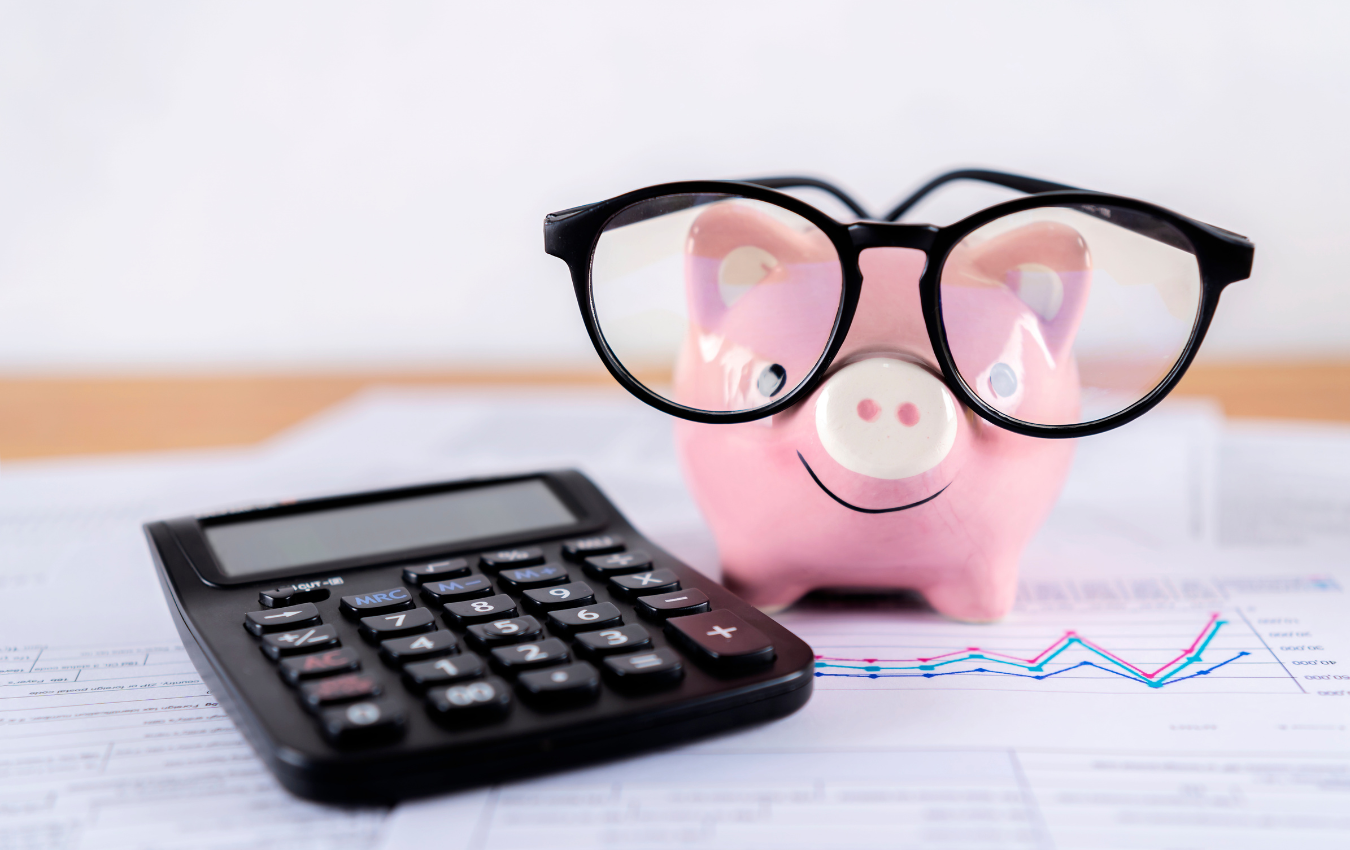
In the competitive marketplace, packaging can significantly impact the overall cost of your product. However, efficient and budget-friendly packaging options can help maintain quality without
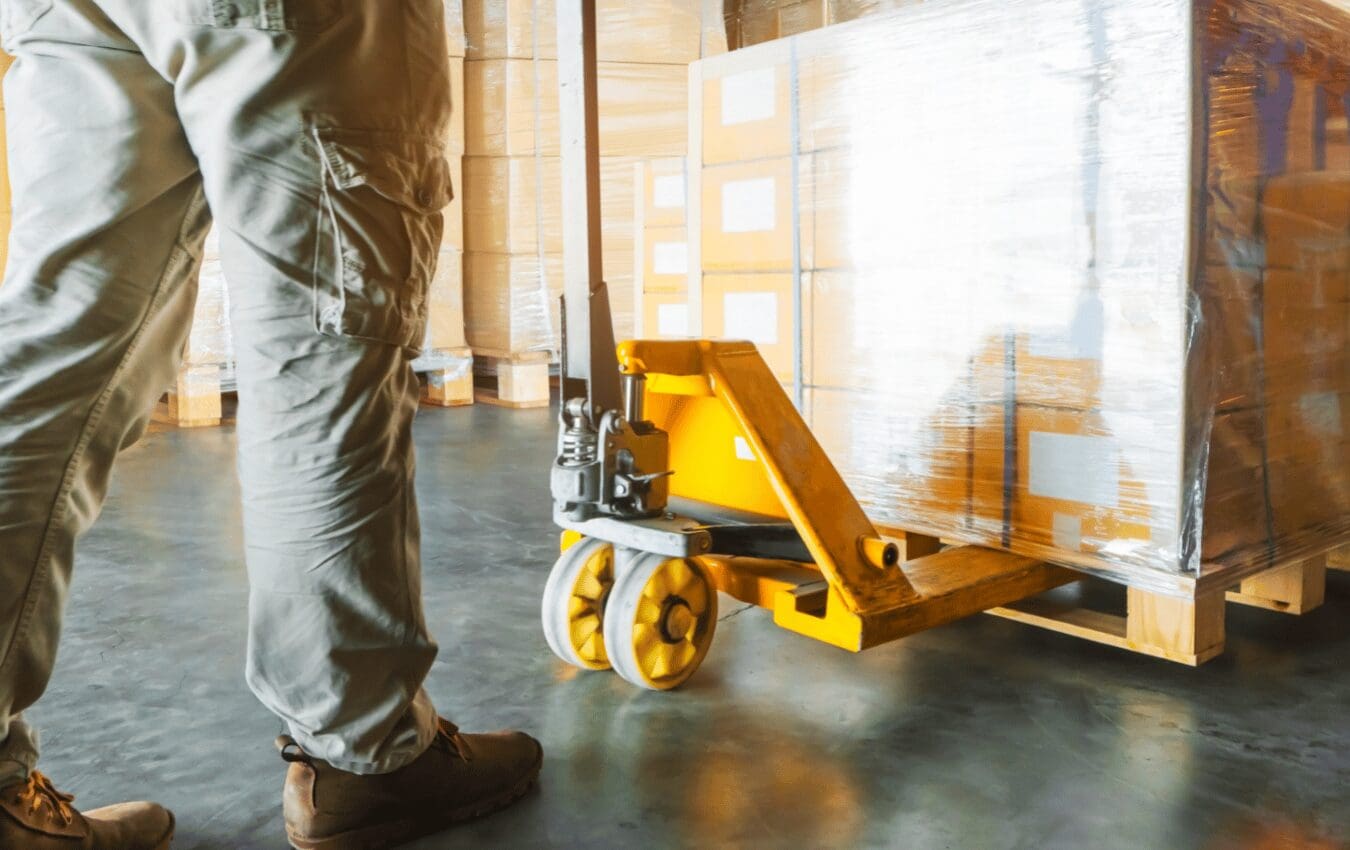
Pallet optimization is the process of maximizing efficiency in space utilization and handling while minimizing freight costs. It requires strategic use of surface area, stacking

When it comes to packaging, it’s easy to dismiss it as merely a wrapper for the product. However, packaging serves a crucial role in not


